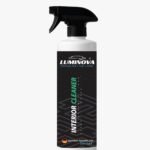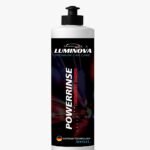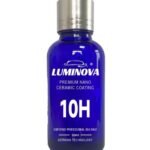How to Use Engine Degreasers to Keep Your Engine Bay Spotless
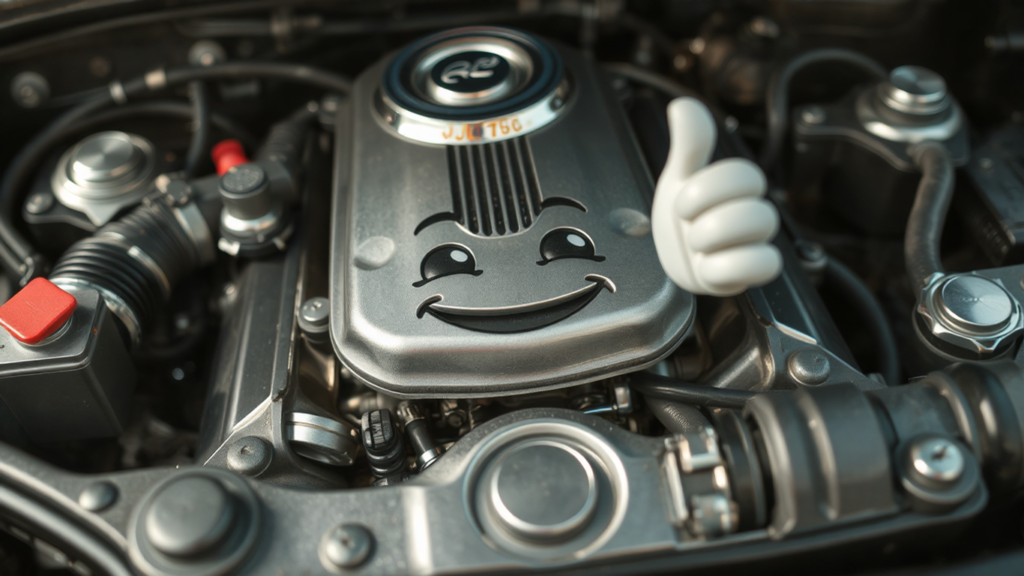
By Ali Hasan Omar | September 1, 2024
Introduction
Keeping your engine bay clean does more than just make your vehicle look good, it also ensures that vital engine components are running efficiently. Over time, grime, dirt, oil, and other debris can accumulate under the hood, potentially leading to performance issues or mechanical wear. One of the most effective tools for maintaining a spotless engine bay is an engine degreaser. This guide will show you how to use engine degreasers properly and provide helpful tips for getting the best results.

Why Clean Your Engine Bay?
Improved Performance:
A clean engine bay allows better heat dissipation, preventing overheating and ensuring your engine runs smoothly. Oil and grime act as insulators, trapping heat and leading to inefficient cooling.
Prolonged Engine Life:
Dirt, oil, and grease can damage seals and gaskets over time, causing them to wear out prematurely. Regular cleaning helps prevent this, extending the life of your engine’s components.
Easier Maintenance:
It’s easier to spot potential problems, such as fluid leaks, worn belts, or damaged hoses when your engine bay is clean. This means you can address issues before they lead to more serious repairs.
Aesthetic Appeal:
A clean engine bay not only looks good but can also increase the resale value of your vehicle. It shows that you take good care of your car, which can give prospective buyers more confidence.
What is an Engine Degreaser?
Engine degreasers are specialized cleaning products designed to break down grease, oil, and grime that accumulate on your engine and its components. Available in different forms—such as sprays, foams, and gels—engine degreasers come in two main varieties:
Solvent-Based Degreasers:
These are excellent for heavy-duty cleaning and are highly effective at cutting through stubborn, baked-on grease. However, they tend to be harsher and may not be the best choice for delicate parts.
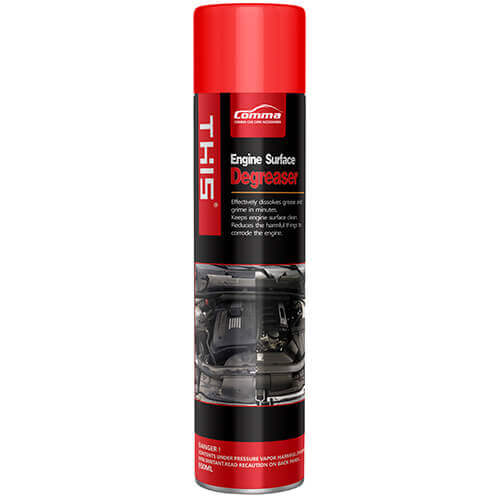
Water-Based Degreasers:
These are more eco-friendly and less aggressive, making them ideal for lighter cleaning tasks or frequent use. They’re a good option if you’re concerned about the environmental impact of cleaning chemicals.
How to Use Engine Degreaser: Step-by-Step Guide
Step 1 – Gather Your Materials
Before getting started, ensure you have everything you’ll need:
- Engine degreaser (choose solvent-based or water-based depending on your needs)
- Protective gloves and eyewear
- Plastic bags or wrap for covering sensitive areas
- Soft brushes or sponges
- A hose with a low-pressure nozzle or a pressure washer (if using a pressure washer, proceed cautiously)
- Microfiber towels or rags for drying
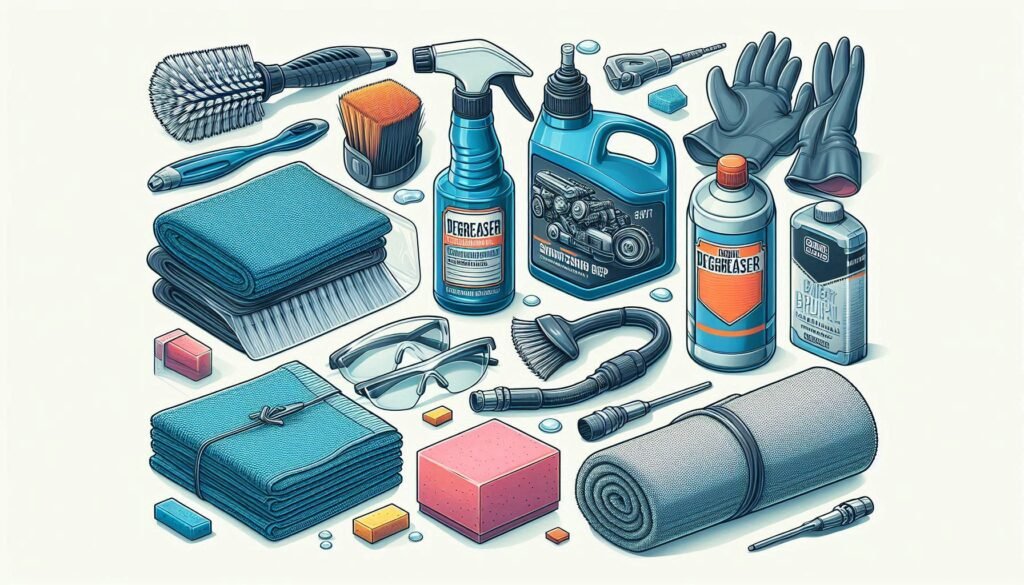
Step 2 – Prep the Engine Bay
Cool Down the Engine:
Ensure the engine is completely cool. Applying degreaser on a hot engine may cause damage and reduce the product’s effectiveness as it could evaporate too quickly.
Cover Sensitive Components:
Use plastic bags or wrap to cover sensitive parts like the alternator, battery terminals, and any exposed wiring or sensors. This prevents water and degreaser from seeping into these critical areas.
Step 3 – Apply the Degreaser

- Shake Well: Ensure the degreaser is properly mixed by shaking the bottle or can according to the manufacturer’s instructions.
- Apply Evenly: Spray the degreaser liberally over the dirty and greasy surfaces of the engine bay. Make sure to coat all the areas where grime tends to accumulate.
Let it Sit: Allow the degreaser to sit for the recommended time (usually 5-10 minutes), so it has time to break down the grease and grime.
Step 4 – Scrub Stubborn Areas
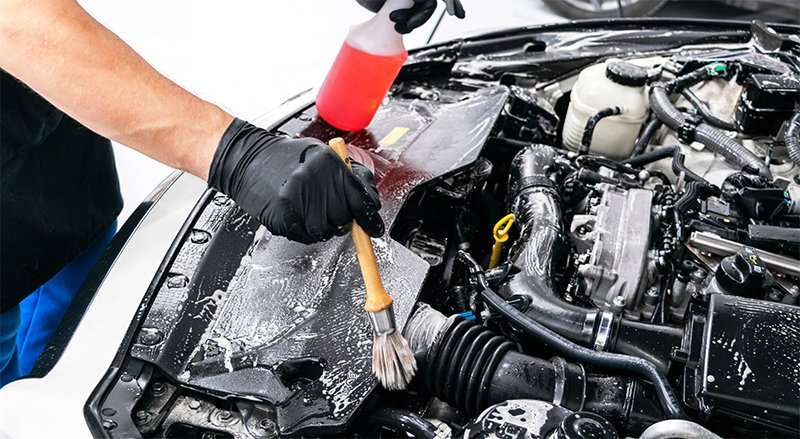
- Use Soft Brushes: For tough spots, use a soft-bristled brush or sponge to gently scrub the surfaces. Avoid anything abrasive like a wire brush, which could damage delicate engine parts.
- Target Key Areas: Focus on high-accumulation zones such as the valve covers, intake manifold, and rubber hoses where oil and dirt often build up.
Step 5 – Rinse the Engine Bay
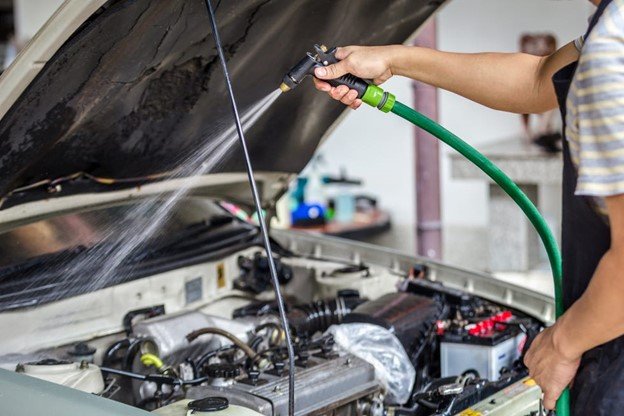
- Rinse Thoroughly: Using a low-pressure hose or pressure washer (on a low setting), rinse away the degreaser and the grime it has lifted.
- Be Cautious: Avoid spraying directly onto electrical components, and ensure that water doesn’t collect in areas where it could cause damage, especially around connectors and wires.
Step 6 – Dry the Engine Bay
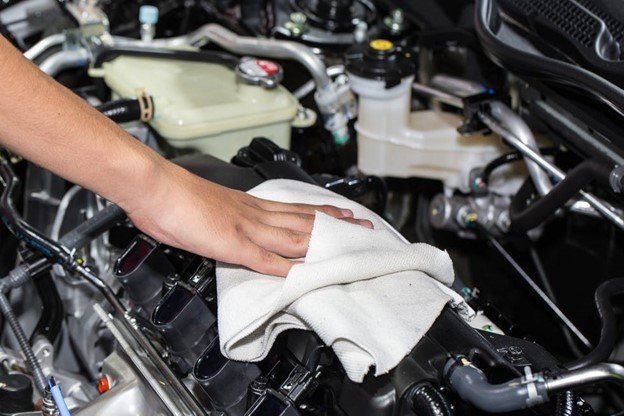
- Hand Dry: Use microfiber towels or soft cloths to dry the engine bay, ensuring no water is left on sensitive parts.
- Optional Air Dry: Allow the engine to air dry, or use compressed air or a leaf blower to remove water from hard-to-reach areas, especially around electrical components and connectors.
Step 7 – Finish with a Protectant (Optional)
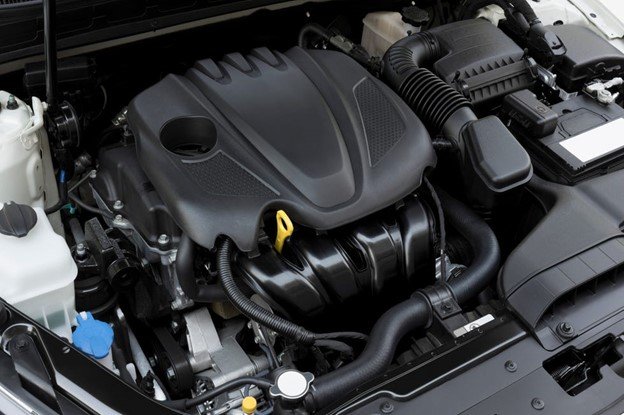
For extra protection, apply an engine protectant to plastic and rubber components. This helps prevent dirt buildup and adds a polished, showroom-ready finish to your engine bay.
Pro Tips for Using Engine Degreasers:
- Test First: Always test the degreaser on a small, inconspicuous area before applying it to the entire engine bay to avoid damaging delicate surfaces.
- Use in Ventilated Areas: Engine degreasers can emit strong fumes. Make sure you’re working in a well-ventilated area or outdoors to avoid inhaling toxic chemicals.
- Eco-Friendly Choices: If environmental impact is a concern, choose a biodegradable, water-based degreaser that is safer for both your vehicle and the planet.
- Routine Cleaning: Regularly cleaning your engine bay will make future cleaning sessions easier and prevent the buildup of grime over time.
Things to Avoid:
- High-Pressure Sprays: High-pressure water can force water into sensitive electrical components, causing damage.
- Cleaning a Hot Engine: As mentioned, cleaning while the engine is hot can cause burns, damage components, and reduce the effectiveness of the degreaser.
- Over-Soaking: Avoid soaking sensitive electrical parts or allowing water to sit for too long in the engine bay, as it can lead to corrosion or electrical issues.
Enjoy watching this 5-minute video to deepen your understanding of cleaning engine bay safely and effectively!
Conclusion
Using an engine degreaser is a simple yet highly effective way to keep your engine bay clean and well-maintained. Following the steps outlined above ensures your vehicle runs at peak performance and looks great. Regular cleaning can prevent long-term damage from grime and oil buildup, keeping your engine in top condition for years to come. Happy cleaning!
FAQs
Can I use engine degreaser on a hot engine?
No, it’s best to let the engine cool down completely before applying the degreaser. Using it on a hot engine can cause the product to evaporate too quickly, reducing its effectiveness and potentially damaging components or causing burns.
Is it safe to use water when cleaning the engine bay?
Yes, but you need to be cautious. Use low-pressure water to rinse the engine bay, and avoid spraying directly on sensitive areas like the alternator, electrical connections, and exposed wiring. Always ensure that water doesn’t pool in areas that could cause corrosion or damage.
How often should I clean my engine bay?
It depends on your driving conditions, but a general rule of thumb is to clean the engine bay every 6 to 12 months. If you drive in harsh environments like dusty roads or muddy conditions, more frequent cleanings may be necessary.
Will using an engine degreaser damage the paint or plastic parts?
If used properly, engine degreasers shouldn’t damage your engine’s paint or plastic parts. However, it’s always a good idea to test the product on a small, hidden area before applying it broadly. Additionally, covering plastic parts and sensitive components can help protect them.
Can I use a pressure washer to clean my engine?
Yes, but with caution. If you choose to use a pressure washer, keep the pressure low to avoid forcing water into electrical components. It’s generally safer to use a hose with a low-pressure nozzle or a bucket of water to rinse the engine.
What should I do if the degreaser gets on sensitive components?
If degreaser accidentally gets on sensitive components like electrical parts or connectors, rinse the area gently with water and dry it thoroughly with a microfiber towel. For extra safety, use compressed air to ensure all moisture is removed.
What’s the difference between solvent-based and water-based engine degreasers?
Solvent-based degreasers are more powerful and effective for cutting through tough grease and grime, but they can be harsh on certain surfaces and are less eco-friendly. Water-based degreasers are gentler and biodegradable, making them better for lighter cleaning and for environmentally conscious users.
Can engine degreasers cause corrosion on metal parts?
Most engine degreasers are designed to be safe for metal components, but it’s important to follow the instructions and rinse off the degreaser completely after use. Leaving the product on for too long or not rinsing thoroughly can increase the risk of corrosion over time.
Should I disconnect the battery before using an engine degreaser?
While it’s not always necessary to disconnect the battery, doing so can add an extra layer of protection against electrical shorts or damage. If you're using water around sensitive components, it’s a good idea to either cover the battery terminals or disconnect them entirely for safety.
Can I clean the engine bay in my driveway?
Yes, you can clean your engine bay in your driveway, but if you're using a solvent-based degreaser, be mindful of any runoff that may go into storm drains. Consider using an eco-friendly, water-based degreaser to minimize environmental impact, and always check local regulations regarding chemical use and disposal.

